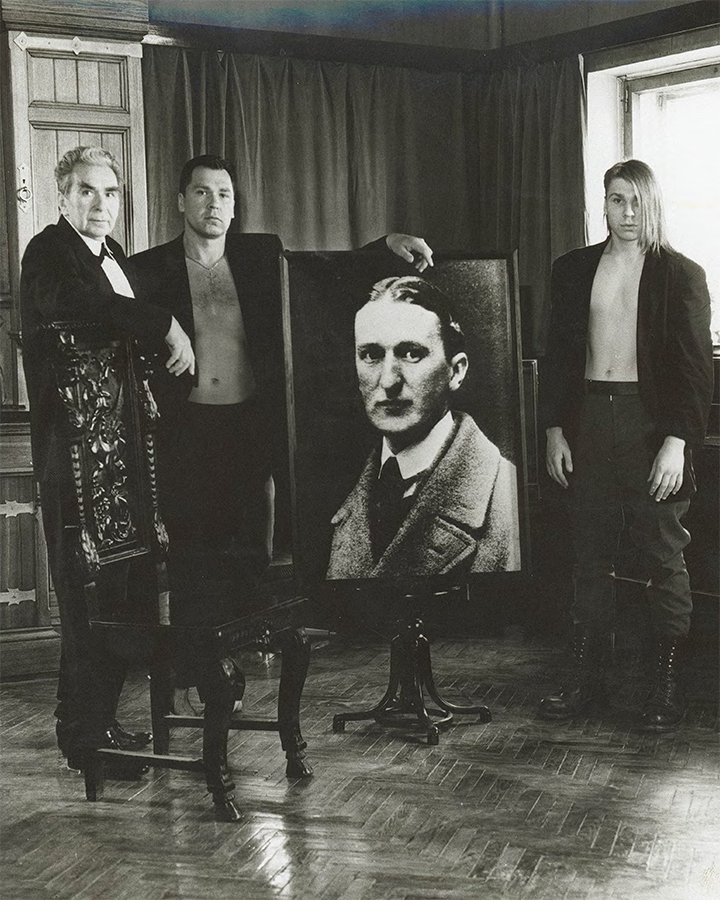As part of the 260th anniversary of the Russian Academy of Arts, its current president, the sculptor Zurab Tsereteli, spoke at the beginning of September with the “Tretyakov Gallery” Magazine about the Academy’s past, its present and future - and his own artistic plans.
Zurab Konstantinovich, the Russian Academy of Arts is celebrating its 260th anniversary with an impressively rich programme of events. Which of them would you single out?
The Russian Academy of Arts is the natural successor of the Academy of Fine Arts and Sciences, which was founded in 1724 by Peter the Great; nevertheless, it should be noted that the Imperial Academy of Arts, as a separate entity, was established in 1757. As for this anniversary year, we are planning quite a number of extraordinary events to commemorate the Academy's 260th birthday, including exhibitions, conferences, masterclasses, and publications.
One example is our major exhibition conceived as a chronicle of everything we have achieved over the last decade. All the Academy's branches, affiliates, research and educational programmes will be represented. This is our first interactive exhibition: the viewer will be able to see everything on screens, including extensive information on the Academy's work, the most up-to-date artistic trends and advanced technologies. The Academy's regional branches will also be organizing exhibitions in Saratov and Krasnoyarsk; our traditional conference, the “Alpatov lectures", will be dedicated to the anniversary as well.


















